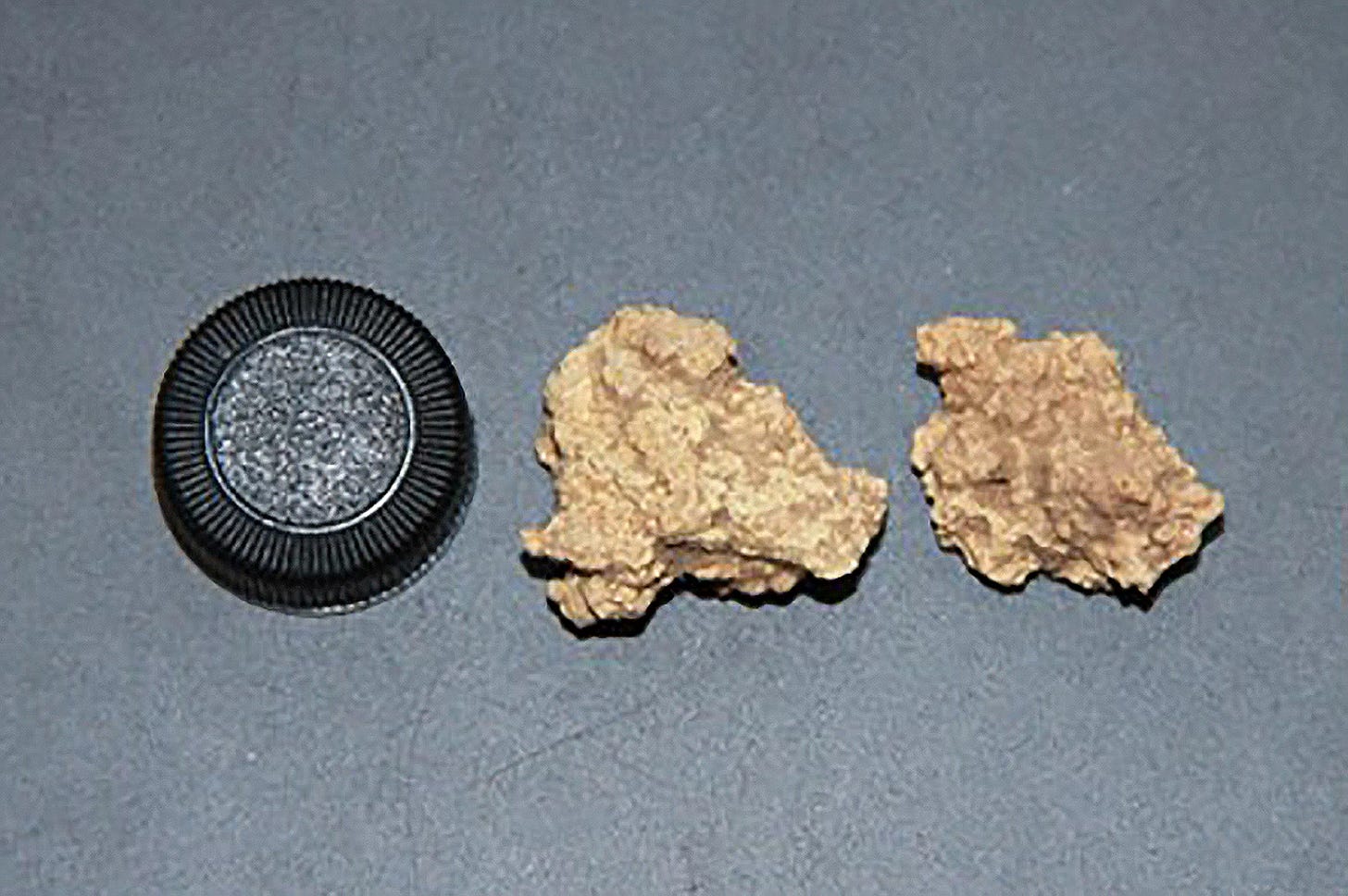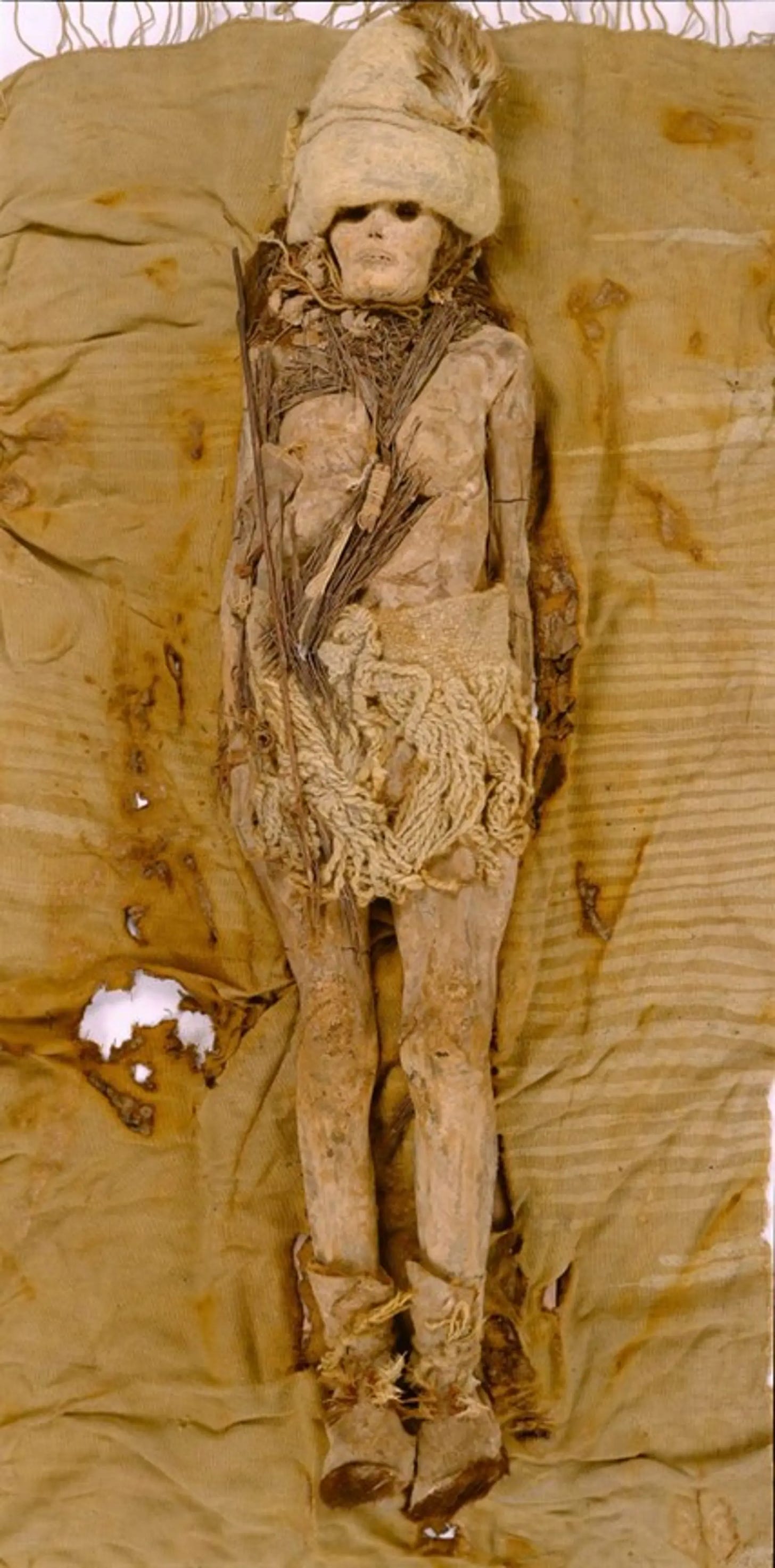The Oldest Cheese: 3,600-Year-Old Kefir Cheese Found with Ancient Mummies in China
Manage episode 441878255 series 3444207
Recent DNA analysis1 has unveiled an extraordinary discovery: the world’s oldest cheese, dating back 3,600 years, was found buried alongside mummies in northwestern China. This discovery offers a rare glimpse into the dietary practices of the ancient people of the Tarim Basin, highlighting how early humans preserved and consumed food, particularly dairy products.

Discovery and Identification
The preserved cheese clumps were discovered during excavations of Bronze Age mummies in the Tarim Basin, located in modern-day Xinjiang, China. Researchers from the Chinese Academy of Sciences (CAS) conducted detailed analysis, including DNA sampling, to identify these clumps as ancient cheese. Lead researcher Qiaomei Fu, from CAS’s Institute of Vertebrate Paleontology and Paleoanthropology, emphasized the rarity of this find, Fu said:
“This is the oldest known cheese sample ever discovered in the world.”
She highlighted the extraordinary preservation of the dairy product, despite its age, as a rare opportunity to investigate the dietary habits of ancient people.

The Origins of Kefir Cheese
Analysis revealed that this ancient cheese is a form of kefir, a fermented dairy product still consumed today for its probiotic properties. The study identified cow and goat DNA in the sample, alongside Lactobacillus kefiranofaciens, a microorganism that plays a key role in modern kefir fermentation. The team also detected the presence of Pichia kudriavzevii, a yeast commonly found in today’s kefir grains. Fu stated,
“Our observation suggests kefir culture has been maintained in northwestern China’s Xinjiang region since the Bronze Age.”
This ancient kefir culture predates previous theories that traced the origins of kefir to North Caucasus, shifting our understanding of where the probiotic-rich product was first made.
Health and Cultural Implications
Kefir, known for its probiotic properties, plays a role in modern gut health, immune function, and metabolic regulation. Discovering the bacteria and fungi used in the production of ancient kefir cheese opens a new window into the dietary and cultural practices of the Tarim Basin population. These findings highlight how ancient people may have harnessed the health benefits of fermented foods thousands of years ago.
Evolution of Probiotic Cultures
The study’s phylogenetic research demonstrated that the bacteria used to ferment this ancient kefir cheese is most closely related to the Tibetan strain of kefir, contrasting with the commonly used Russian strain today. This key observation not only shifts the timeline of kefir’s origins but also provides an unprecedented look into how a microorganism has evolved over millennia.
Fu remarked,
“This is an unprecedented study, allowing us to observe how a bacterium evolved over the past 3,000 years.”
The evolutionary trajectory of these microbes offers a rich perspective on how humans interacted with their environment, preserved food, and contributed to the development of dietary traditions.
The Role of Cheese in Burial Practices
The cheese clumps were found buried alongside mummies, suggesting it may have had a ritual or symbolic significance. The exact reason for placing food items in the tombs remains a mystery, but this practice could reflect the ancient population’s beliefs about the afterlife or their methods of food preservation for practical purposes.
Advances in Ancient DNA Analysis
The discovery of ancient cheese would not have been possible without advances in DNA analysis. Technological strides over the past decade have allowed researchers to extract and analyze DNA from materials that were once deemed impossible to study, opening the door to more groundbreaking discoveries in the future.
Fu and her team remain optimistic about future research possibilities,
“This is just the beginning, and with this technology, we hope to explore other previously unknown artifacts.”
Conclusion
The discovery of 3,600-year-old kefir cheese alongside Bronze Age mummies provides remarkable insights into ancient dietary practices and the long-standing use of fermented dairy products. This find reshapes our understanding of early human food culture and the evolution of probiotic-rich foods, demonstrating the intricate relationship between diet, health, and society during the Bronze Age.
Liu, Y., Miao, B., Li, W., Hu, X., Bai, F., Abuduresule, Y., … Fu, Q. (n.d.). Bronze Age cheese reveals human-Lactobacillus interactions over evolutionary history. Cell. doi:10.1016/j.cell.2024.08.008
6 odcinków




